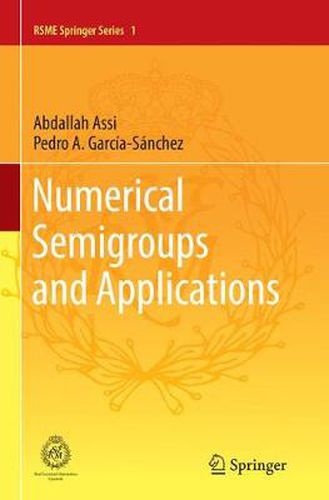Readings Newsletter
Become a Readings Member to make your shopping experience even easier.
Sign in or sign up for free!
You’re not far away from qualifying for FREE standard shipping within Australia
You’ve qualified for FREE standard shipping within Australia
The cart is loading…






This work presents applications of numerical semigroups in Algebraic Geometry, Number Theory, and Coding Theory. Background on numerical semigroups is presented in the first two chapters, which introduce basic notation and fundamental concepts and irreducible numerical semigroups. The focus is in particular on free semigroups, which are irreducible; semigroups associated with planar curves are of this kind. The authors also introduce semigroups associated with irreducible meromorphic series, and show how these are used in order to present the properties of planar curves. Invariants of non-unique factorizations for numerical semigroups are also studied. These invariants are computationally accessible in this setting, and thus this monograph can be used as an introduction to Factorization Theory. Since factorizations and divisibility are strongly connected, the authors show some applications to AG Codes in the final section. The book will be of value for undergraduate students (especially those at a higher level) and also for researchers wishing to focus on the state of art in numerical semigroups research.
$9.00 standard shipping within Australia
FREE standard shipping within Australia for orders over $100.00
Express & International shipping calculated at checkout
This work presents applications of numerical semigroups in Algebraic Geometry, Number Theory, and Coding Theory. Background on numerical semigroups is presented in the first two chapters, which introduce basic notation and fundamental concepts and irreducible numerical semigroups. The focus is in particular on free semigroups, which are irreducible; semigroups associated with planar curves are of this kind. The authors also introduce semigroups associated with irreducible meromorphic series, and show how these are used in order to present the properties of planar curves. Invariants of non-unique factorizations for numerical semigroups are also studied. These invariants are computationally accessible in this setting, and thus this monograph can be used as an introduction to Factorization Theory. Since factorizations and divisibility are strongly connected, the authors show some applications to AG Codes in the final section. The book will be of value for undergraduate students (especially those at a higher level) and also for researchers wishing to focus on the state of art in numerical semigroups research.